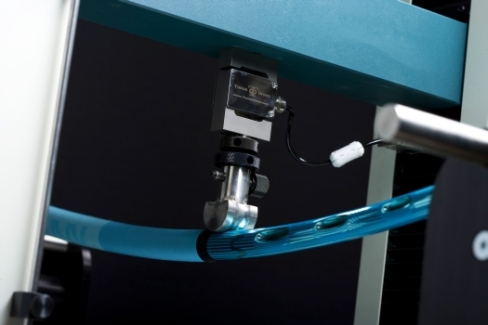The Basics of a Floorball Stick
In this section, we will cover the basics of a floorball stick. This is important because if you want to know how to choose a floorball stick, you have to know the different parts of the stick. A normal floorball stick consists out of three separate parts which all can be replaced.
Shaft
Floorball is a fast, dynamic team sport and with that come light sticks. Complete floorball sticks weigh usually between 170-250 grams of which the blade weighs 70-80 grams. Most sticks are made of composite material and the more expensive ones have layers of carbon or fiber. The price of a stick is, for the most part, depending on the materials used to fabricate the shaft. In general, you can say that the lighter the shaft, the higher the cost. Just like with hockey a player can put pressure on his stick to load power to his shot. This means that the stick needs to be flexible – to a certain degree. This ‘certain degree’ is called the flex of a stick and is measured in millimeter.
So what exactly is this flex? Take a look at the picture below:

The flex of a stick is the number of millimeters a stick will bend under the pressure of 30kgs. That means the higher the flex, the easier it will bend. Further in this article, we will give you advice on what flex will suit you best as a beginner (spoiler: 29-32mm).
Blade
A blade is another important element of a stick and has two different variables – apart from the wide variety of colors you can purchase them in.
IMPORTANT: You will notice there are left and right sticks as well as blades and you may wonder if you need a left or a right stick. If you order a RIGHT stick/blade, it means your lower hand is your RIGHT hand. If you buy a floorball stick which is LEFT, your LEFT hand will be the lower hand. The biggest tip on how to choose a floorball stick? Buy at least the right side (I did this wrong once, I admit!)
Plastic
A floorball blade is made of plastic but you’d be surprised to find out how many different varieties of plastic are on the floorball market. We don’t want to overwhelm you with all the different kinds of plastic and technical details but instead keep it short and simple. If you are interested in all the nitty-gritty details we recommend you check out this video but for everybody else, this is what you need to know:
Soft (SB): these blades are soft on the touch and you will feel a noticeable difference because the ball doesn’t bounce off the blade easily. However, when shooting hard a soft blade is less accurate, for example with a slapshot.
Medium (MB): these are the all-around blades and constitute the majority of the blades. Most professionals play with an MB because it offers the best playability in combination with a strong blade.
Hard (HB): with a hard blade the ball is controlled less easily but some players prefer this kind of blades because the blade is tougher and can withstand more force. If you are a bodybuilder that just started with floorball, perhaps check this out after you broke your first blade
Shape
The shape of a blade is often neglected by beginners, simply because they don’t have the experience to know which blade works for them or not. This is a huge waste as the choice of a good blade can make the life of a floorball beginner much easier. Conversely, a bad blade can make your learning curve a steep one, if it makes everything you want to do much harder.
Don’t get me wrong, there are no ‘good’ and ‘bad’ blades quality-wise but there are worse and better choices for you personally that suits your level and playing style
Some professional players, like the Norwegian veteran Ketel Kronberg (watch this video if you want to see him in action) like their blade as straight as a die. Although he is perhaps an extreme example, this blade suits his physical playing style very well, as he can move as easily on the forehand as on the backhand, making him hard to stop for defensemen.
Grip
The grip is another element that is somewhat forgotten quite easily. It is perhaps the least important part of a stick but for now, our recommendation of changing your grip once a while will suffice.
Now that we have covered the basics of a floorball stick, it’s time to get some hands-on pointers about how to choose your first floorball stick before moving on to our recommendations.
What You Should Look for as a Beginner
Next in this guide on how to choose a floorball stick, we will discuss some pointers for buying the right stick. As a beginner, you need a different stick than intermediate or advanced players. Let these pointers guide you towards buying your first floorball stick.
Right Length
It’s important to choose the right length when buying a floorball stick. A general rule of thumb is that your floorball stick has to reach your belly button when it’s standing up straight. However, some players like their stick a bit longer than this and others feel better playing when their floorball stick is a bit shorter. This preference will slowly surface over the years. In the meanwhile, you can use this chart to see which floorball stick length would be on average the best fit for you:
A useful chart to pick the correct stick length (credits to efloorball.net)
| Player height | Floorball stick length |
|---|---|
| 110 cm | 50-55 cm |
| 115 cm | 50-55 cm |
| 120 cm | 60-67 cm |
| 125 cm | 60-67 cm |
| 130 cm | 70-77 cm |
| 135 cm | 70-80 cm |
| 140 cm | 80-82 cm |
| 145 cm | 80-82 cm |
| 150 cm | 85-87 cm |
| 155 cm | 85-90 cm |
| 160 cm | 90-92 cm |
| 165 cm | 90-92 cm |
| 170 cm | 91-96 cm |
| 175 cm | 95-96 cm |
| 180 cm | 95-98 cm |
| 185 cm | 95-103 cm |
| 190 cm | 100-103 cm |
| > 195 cm | 103-105 cm |
Generally, a 96cm stick will fit most people well and can be safely purchased if you don’t really exactly know what you’re looking for.
A blade that suits you
I talked about blades before and briefly discussed that they differ mostly in terms of plastic and shape. There are a number of floorball brands selling floorball equipment and all sell different sticks and have different blades.
All of the brands sell different blades for different playing styles ranging from very shoot-heavy blades to more straight and all-round floorball blades.
That’s why I don’t recommend one single brand. You may have heard teammates who swear by one particular floorball brand and of course this is fine. However, it’s good to know that at the start of your floorball journey, it’s not gonna make a difference which brand you choose. In short, all brands will do fine as long as they are IFF Certified. As you continue on your floorball path you may vibe better with one brand and decide to stick to it (no pun intended).
For now, however, it’s far more important to focus on the technical details of the blade, rather than who manufactured it. But don’t worry, we keep it simple.
When it comes to blades we recommend either an all-round blade or a shooting blade. An all-round blade has a medium concavity to help you with your shots but still keeps your passes low while a shooting blade has a larger concavity which will help you a lot with your shots? Because in my experience beginners tend to have a hard time shooting on goal and getting the ball off the floor, a blade that helps you at the start of your floorball career will be a helpful tool.
Passing and shooting are essential components of floorball and getting the hang of those floorball skills should come first. What blades are we talking about?
- Unihoc – Epic (all-round), Unity (shooter)
- Zone – Zuper (all-round), Hyper (shooter)
- Oxdog – Razor (all-round), Avox (shooter)
If you stick to these blades you can’t go wrong.
Credits to FloorballToday: https://floorballtoday.com/how-to-choose-a-floorball-stick/

